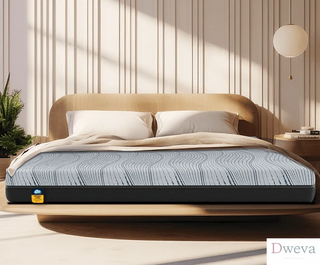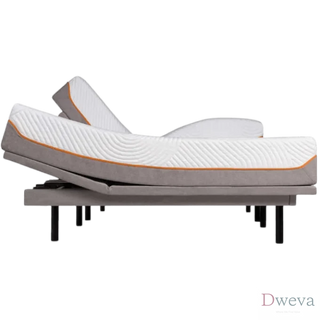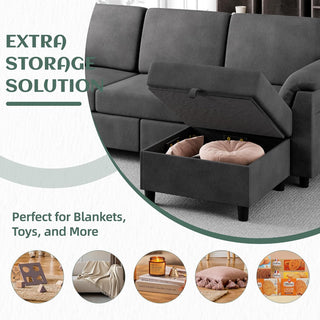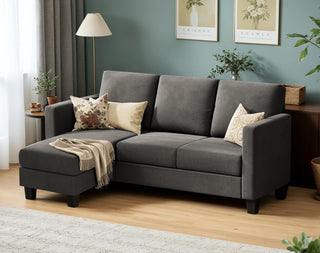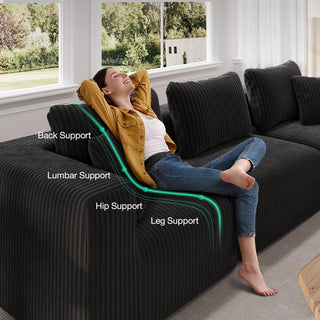Nobody enjoys sleeping on a saggy mattress. Not only are they uncomfortable and unsightly, but they’re also costly to replace! Fortunately, there are a few strategies you can try to extend the lifespan of your sagging mattress before resorting to purchasing a new one. Continue reading below to learn how to fix a sagging mattress, when it's time for a replacement, and why your mattress might be sagging in the first place.
Why Do Mattresses Sag?
Mattress sagging is a natural result of wear and tear. Over time, an older mattress will develop sagging or indentations where most of your body weight rests during the night. Even high-quality mattresses will eventually sag, though the materials used in the mattress can influence how quickly this occurs.
As a general rule, poly foam and memory foam mattresses tend to sag more quickly than hybrid, latex, or innerspring mattresses. The sagging in all-foam mattresses happens as the support foams soften. While latex mattresses sag in the same manner, latex is incredibly durable, so this process takes longer. In contrast, mattresses that use steel support coils don’t typically sag until the coils lose their tension, which can take a longer period of time.
Regardless of the material, a sagging mattress can lead to serious discomfort for many sleepers. Sleeping on a sagging mattress can result in back pain, but it may also cause issues with your neck, shoulders, or hips. Keep reading for tips on how to extend your mattress’s lifespan and avoid pain and pressure points.
How to Fix a Sagging Mattress
Rotate Your Mattress
Rotating your mattress 180 degrees every three to six months is a simple and effective way to make it last longer. This method helps to distribute your weight more evenly, which can prevent premature sagging. It's especially helpful for side sleepers, as this sleeping position concentrates weight in a smaller area, making the mattress more susceptible to wear.
It’s important to note that you should rotate, not flip, your mattress. Most modern mattresses are designed with a comfort layer on top, so flipping them would mean sleeping on the firm foundation layer, which is not ideal for a comfortable sleep! If you prefer ultra-firm beds, however, consider checking out our review of the Brooklyn Bedding Plank mattress.
Use a Mattress Topper
A mattress topper can add extra cushioning between you and the mattress, helping to prevent it from wearing out quickly. If your mattress is already sagging, a thick, firm memory foam mattress topper can create an even sleep surface, compensating for indentations. Mattress toppers are a cost-effective way to extend the life of an older bed. If you're looking for a topper to cover up sagging areas, be sure to check out our 10 best mattress toppers of 2022 article.
Add Extra Pillows
Sleeping with extra pillows is a simple DIY fix for a sagging mattress. You can place additional pillows under your back, hips, legs, or any area with noticeable mattress indentations to help even out the sleeping surface. Keep in mind that this is a temporary solution, especially for those experiencing pain, while they plan to replace the bed.
Firmer pillows with good shape retention work best for combating mattress sagging. Consider using a durable Purple Pillow for added support.
Replace Your Foundation
The foundation of your bed plays a significant role in how long your mattress will last. If your bed frame has thin, spaced-out slats, it won’t provide sufficient support, especially for foam and hybrid mattresses. To quickly improve your foundation, you can place a piece of plywood between the mattress and the foundation. This will provide extra support in a budget-friendly manner.
Alternatively, you may want to consider purchasing a new foundation that offers better support for your mattress. Many mattress companies specify the best type of foundation for their products. For example, memory foam mattresses will sag more quickly if placed on a box spring, while spring mattresses are better supported by a box spring. It’s crucial to do your research before purchasing a new mattress to ensure you have the right foundation. A helpful starting point is our article on the difference between box springs, foundations, and platform beds.
How to Prevent Your Mattress from Sagging
Here are some quick tips to help prevent mattress sagging and improve your sleep quality:
- Rotate your mattress 180 degrees every three to six months.
- Alternate which side of the bed you sleep on to distribute your weight evenly. This method is less cumbersome than rotating the entire mattress.
- Use a mattress topper.
- Sleep with extra pillows to help balance the surface.
- Replace a slatted foundation with a solid base.
- Check your mattress warranty. Many warranties cover premature sagging, so verify if the manufacturer will replace a sagging mattress for free.
When to Get a New Mattress
Most mattresses generally last about 7 to 10 years. However, the lifespan of your bed depends on its materials and how well you maintain it. Below are factors that determine how long your mattress might last:
Mattress Materials
Latex mattresses are the most durable, often lasting up to 12 years. Innerspring mattresses are also long-lasting, with a typical lifespan of up to 12 years. Hybrid mattresses generally last around 7 to 10 years, depending on the type of comfort layer used. For instance, a hybrid with a pillow top will sag much faster than one with a latex top layer. Foam mattresses tend to have the shortest lifespan, with memory foam mattresses lasting around 7 years, while budget poly foam mattresses may wear out after just 5 years.
Body Weight
The more weight placed on your mattress, the faster it will wear out. This is something to keep in mind if you share your bed with someone who weighs significantly more or less than you.
Sleeping Position
Side sleepers are more likely to wear out their mattresses quickly, especially at the hips and shoulders, due to the concentrated pressure on these areas. If you sleep on your side, you may notice sagging in these spots sooner than back or stomach sleepers. To find the best mattress for side sleepers, check out our recommendations here.
Mattress Quality
The quality of your mattress significantly impacts its longevity. A low-quality budget mattress will wear out faster than a high-quality innerspring or latex mattress. A good indicator of mattress quality is the warranty—high-quality beds typically come with warranties that last at least 10 years.
It’s important to remember that if you’re experiencing discomfort or noticing sagging, even if your mattress is only a few years old, it may be time to replace it. If that sounds like you, take a look at our best mattresses that won’t sag buying guide to find a comfortable, long-lasting bed.



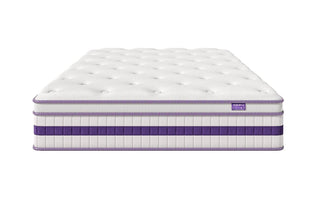
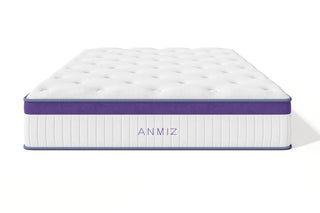
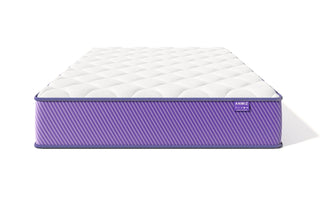

 https://dweva.com
https://dweva.com








